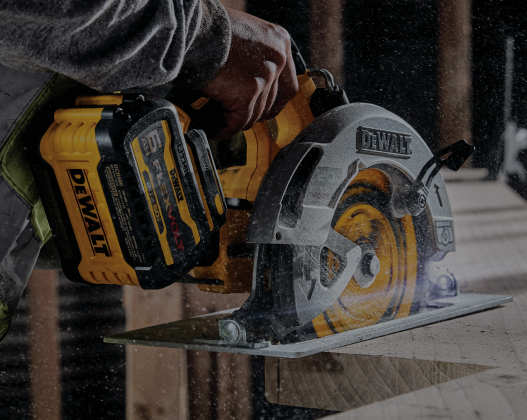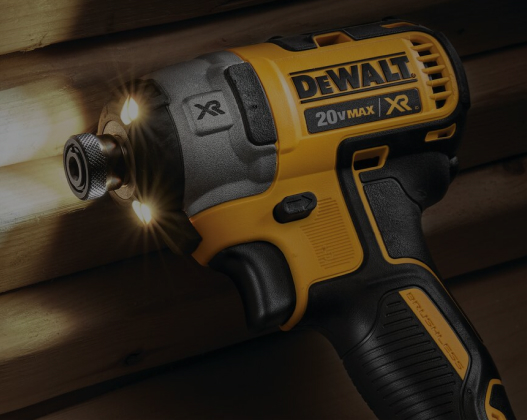- Featured Items
- Top Sellers
- Price (Low to High)
- Price (High to Low)
- Maximum Torque: 200 ft-lbs
- Batteries Included: 0
- Motor Type: Brushless
- No-Load Speed (IPM): 3750
- Maximum Speed (RPM): 3050
- Batteries Included: 0
- Motor Type: Brushless
Impact Drivers
Impact drivers are power tools mainly used to drive screws and tighten nuts. They may look and function similarly to drill drivers, but there are some key differences between the tools. The primary distinction is that impact drivers provide more torque or twisting power than standard power drills. This makes them the better choice for larger-scale projects involving more intense fastening tasks, like home construction or remodeling.
However, impact drivers don’t feature a chuck to accept a variety of drill bits. Instead, they use a hex collet that only takes bits with a 1/4 inch hexagonal shank. These bits are designed to withstand the increased force exerted by the impact driver. An impact driver is great for driving larger screws and fasteners without stripping them.
Impact drivers are also smaller and more lightweight than traditional drill drivers, so you can easily use one around the house or take it with you to and from job sites. Not only does this make it easier to handle, but the additional power of an impact driver does most of the twisting work for you, minimizing strain on your wrists.
When Should You Use an Impact Driver?
Aside from tackling bigger projects, an impact driver is the preferable option when you want to drive fasteners more quickly. A standard drill driver is the better all-around tool due to its versatility, as its chuck can accept a range of different bits based on your needs. Impact drivers can handle some of the same drilling tasks as a power drill, though usually not with the same level of precision. They should be reserved for applications where extra torque is needed, such as drilling through metal or dense wood.
How to Choose an Impact Driver
There are a few important features to consider when picking the impact driver that’s best for you.
Voltage
You can find impact drivers in a range of voltages including 12V, 18V, and 20V. Higher voltage levels offer more torque, but these tools are generally larger and bulkier. In general, the difference in power between an impact driver on the lower end and higher end of the voltage spectrum may be negligible enough that you’ll want to go with the smaller tool for its convenience and portability.
Brushless Motor
As with the standard drill driver, impact drivers with brushless motors also come with various advantages. Brushless motors operate more efficiently, reduce the risk of overheating, and will extend the useful life of the tool.
RPM
Many impact drivers include multiple speed settings that you can adjust depending on the job. You might find one with settings of 0-850, 0-2100, and 0-3000 RPM for lighter to more heavy-duty tasks. However, you’ll likely prefer an impact driver with a variable speed function that gives you more control over the precise RPM setting rather than sticking you with just three or four range options.






























